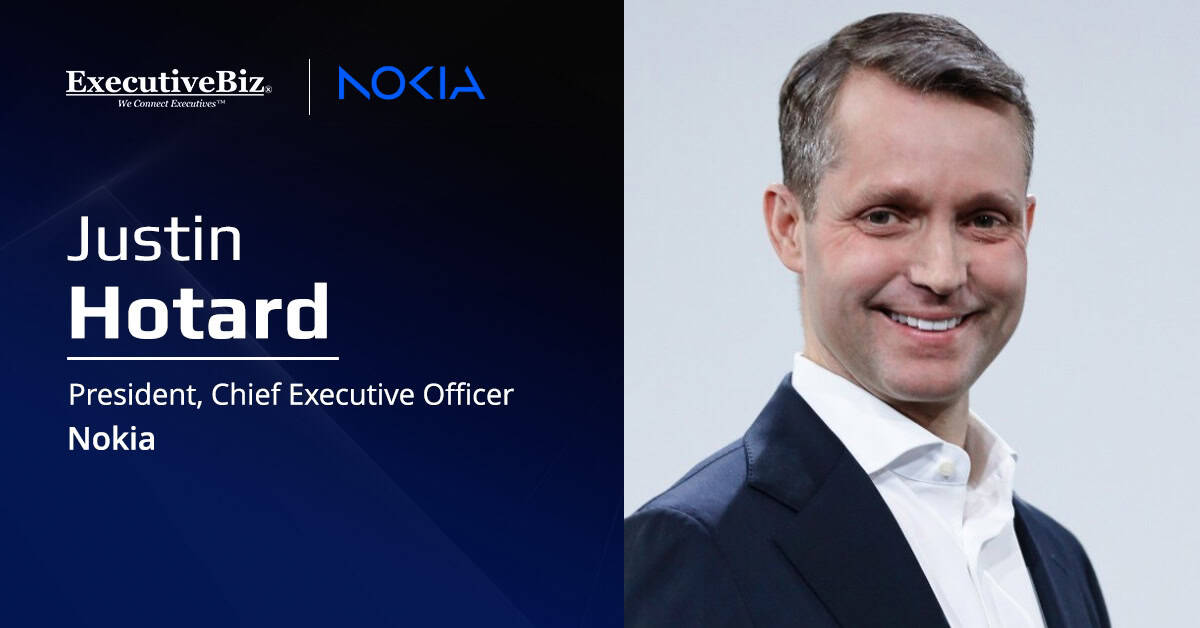The U.S. Army’s plan to rapidly scale domestic drone manufacturing under the SkyFoundry initiative risks significant compromise due to insufficient cybersecurity for the operational technology that powers the production lines, said Jen Sovada, general manager of public sector at Claroty, in an opinion piece published on RealClearDefense.
Sovada, a retired U.S. Air Force colonel and a past Wash100 Award winner, warned that the pace of the production surge must be immediately matched by cyber resilience efforts to prevent adversaries from embedding malicious code into small unmanned aerial systems.
The SkyFoundry pilot aims to manufacture up to 10,000 small UAS per month and eventually scale to one million units annually.
Why Is OT the Cyber Exposure Point?
Sovada noted that modern drone production depends on digitally connected operational technology, including programmable logic controllers, robotics and industrial sensors. Because the systems directly shape physical components, she warned that the cyberthreat is no longer confined to IT networks.
A successful intrusion, she wrote, could subtly manipulate a drone’s structure or payload configuration at the point of manufacture. If undetected, that defect could then be replicated across thousands of platforms.
What Factors Heighten the Risk to UAS Production?
Sovada pointed to two conditions driving urgency: a distributed industrial model involving multiple domestic producers contributing hardware, software and mission components; and output goals that limit the feasibility of intensive testing on every air vehicle produced. The combination, she argued, elevates the need for continuous protection of firmware, AI models and supplier interfaces.
What OT Safeguards Are Needed?
The Claroty public sector general manager called for automated, real-time monitoring of OT networks to establish a baseline of normal industrial behavior and surface anomalies as they emerge.
She said specialized tools designed for industrial environments — paired with access controls and segmentation — are necessary to confirm every airframe matches its approved digital reference throughout production.
Sovada framed OT cyber resilience as a core mission requirement, not an adjunct to IT security, as the Army drives toward large-scale fielding of small unmanned systems.




